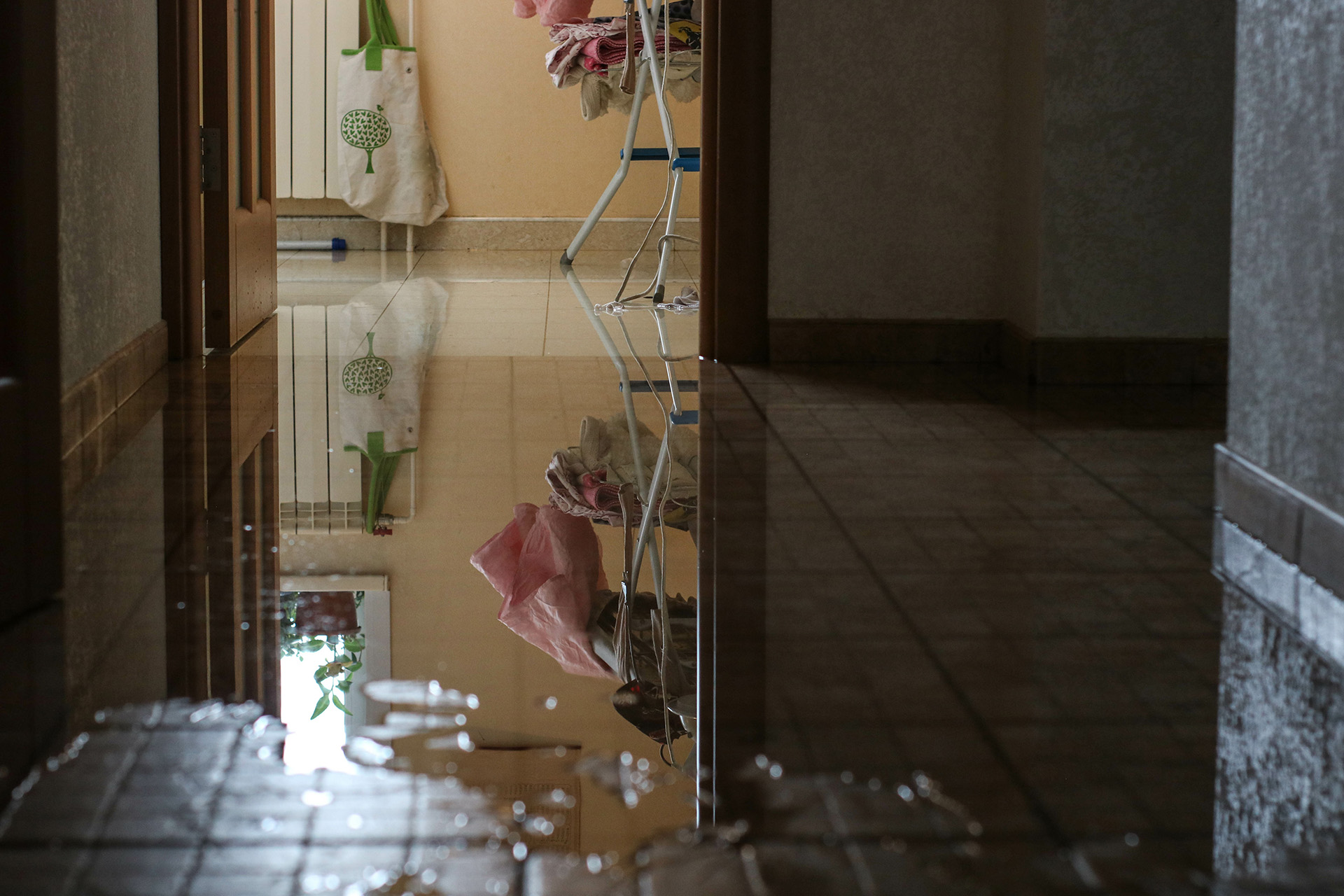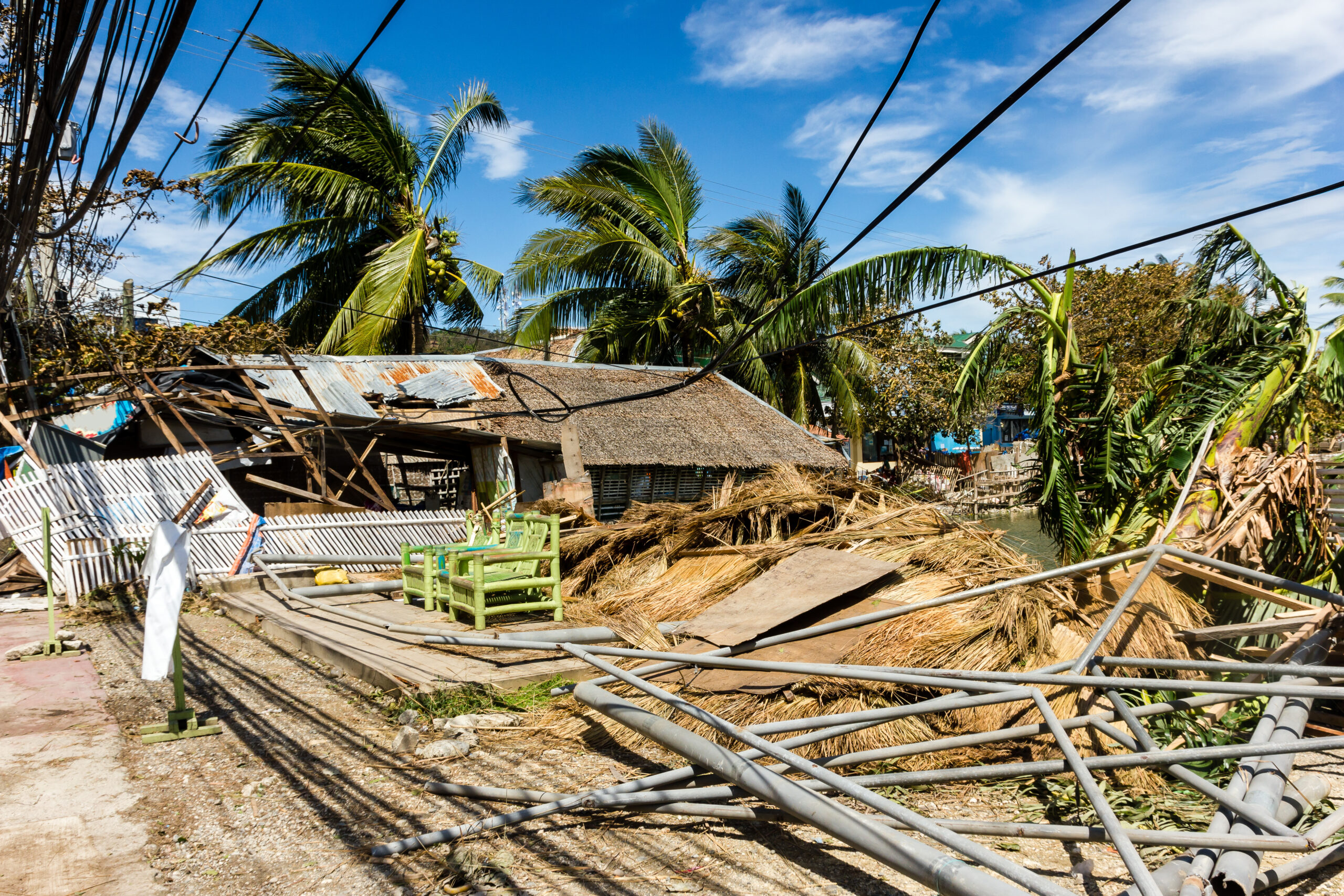If a flood hits your community, you want to ensure your home is protected from damage with homeowner’s insurance. Whether it’s a few inches of water or several feet, water damage caused by flooding can be catastrophic. With homeowner’s insurance, you may be able to be compensated to cover damages caused by flooding. This is why it’s important to know how to file flood claims.
To get reimbursed, you’ll need to file your insurance claim promptly. Before you file a claim, you will want to review your insurance policy for flood coverage to ensure you are covered. Understanding how to file flood claims can help you through an incredibly stressful time as you navigate the insurance claims process.
How to Submit a Claim for Flood Damage
Follow these steps to help ensure the claims process is smooth and with minimal roadblocks.
Contact Your Insurance Company as Soon as Possible
Most insurance companies and carriers recommend contacting them once you discover flood or water damage in your home. You’ll need your insurance company’s phone number and policy number. Additionally, provide a phone number or email address where you can be reached.
Begin the Claims Process
You want to avoid putting off filing a claim. In the event of a disaster, you can begin the claims process as soon as it’s safe to return to your property. When you speak with your insurance company, ask how soon until a claims adjuster can visit your home.
The National Flood Insurance Program (NFIP) is a federal program that assists those affected by flooding. It backs many policies. For many NFIP supported policies, you have 60 days after the flood to provide a proof of loss statement that lists the damage.
Document Damage to Your Home
When you can return to your home, avoid throwing anything away before the adjuster visit. If they are hazardous to your health or you are required to discard them by law, take photographs and document the damage before safely and correctly disposing of the items.
Take photos, videos, and other evidence you can provide for all damage. Make a list of your appliances, furniture, and items damaged in the flooding. Note model numbers and serial numbers when applicable. Take notes of any areas of structural damage you want to point out to your insurance adjuster.
Schedule a Visit with an Insurance Adjuster
Your insurance company will schedule a good time for an insurance adjuster to visit your home, survey the damage, and assess the situation. The insurance adjuster will inspect your home, the damage to your belongings and structure, and be available to answer any questions about the process. They can also provide you with an estimate of the costs of repairs.
Claim Determination
After your home is assessed, your insurance company will reconcile the information provided by the adjuster against your policy and determine the outcome of your claim. The insurance company then informs you if you are entitled to a payout. If you need financial assistance immediately, you can request an advance payment to expedite the claim to receive funds to help you recover damaged items immediately.
After a flood getting your life back in order can be challenging and overwhelming. Knowing what to expect and having flood insurance can help you prepare to manage the stressful situation more effectively.
For more info, visit: https://www.bsaclaims.com/






